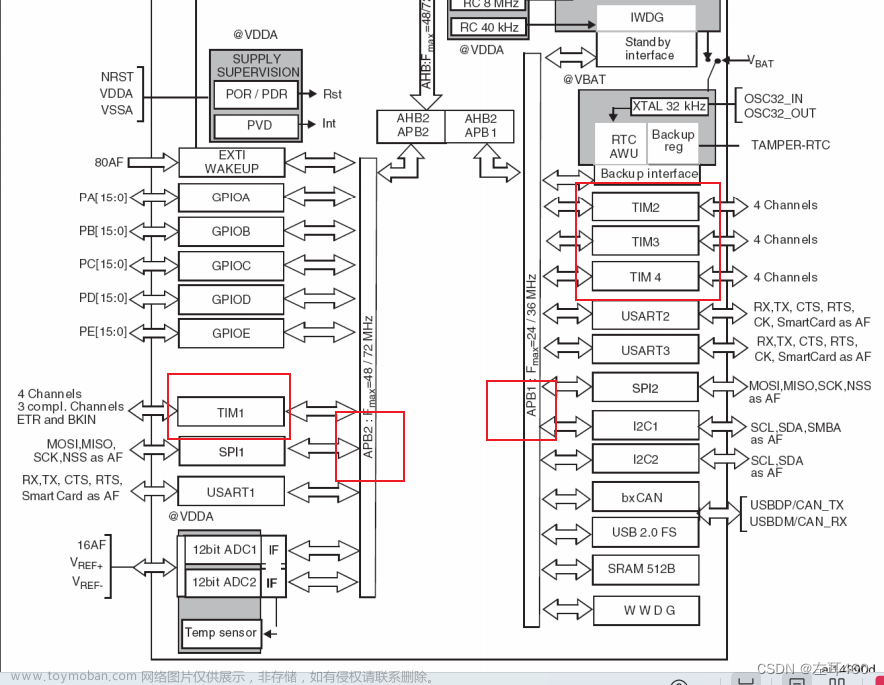Argparse是 Python 标准库中推荐的命令行解析模块。该模块会自动生成提示信息,且在用户给程序传入非法参数时报错。
刚好最近在看optee的sign_encrypt.py,以它为例介绍python的argparse命令解析模块。
脚本参见:optee_os/scripts/sign_encrypt.py at master · OP-TEE/optee_os · GitHub
一、一些基本用法使用示例
1、创建ArgumentParser解析器对象
parser = argparse.ArgumentParser(
description='Sign and encrypt (optional) a Trusted Application ' +
' for OP-TEE.',
usage='%(prog)s <command> ...',
epilog='<command> -h for detailed help')ArgumentParser 对象的参数有:
prog -- 程序的名称(默认:sys.argv[0])
usage -- 描述程序用途的字符串(默认值:从添加到解析器的参数生成)
description -- 在参数帮助文档之前显示的文本(默认值:无)。这个参数简要描述这个程序做什么以及怎么做。
epilog -- 在参数帮助文档之后显示的文本(默认值:无)
parents -- 一个 ArgumentParser 对象的列表,它们的参数也应包含在内
formatter_class -- 用于自定义帮助文档输出格式的类
prefix_chars -- 可选参数的前缀字符集合(默认值:’-’)
fromfile_prefix_chars -- 当需要从文件中读取其他参数时,用于标识文件名的前缀字符集合(默认值:None)
argument_default -- 参数的全局默认值(默认值: None)
conflict_handler -- 解决冲突选项的策略(通常是不必要的)
add_help -- 为解析器添加一个 -h/--help 选项(默认值: True)
allow_abbrev -- 如果缩写是无歧义的,则允许缩写长选项 (默认值:True)exit_on_error -- 确定发生错误时 ArgumentParser 是否退出并显示错误信息
2、调用add_argument() 方法添加参数
添加参数是由add_argument() 方法完成的,它指定 ArgumentParser对象如何获取命令行字符串并将其转换为对象。这些信息将会在 parse_args() 调用时被存储和使用。例如:
def arg_add_uuid(parser):
parser.add_argument(
'--uuid', required=True, type=uuid_parse,
help='String UUID of the TA')
def arg_add_key(parser):
parser.add_argument(
'--key', required=True, help='''
Name of signing and verification key file (PEM format) or an
Amazon Resource Name (arn:) of an AWS KMS asymmetric key.
At least public key for the commands digest, stitch, and
verify, else a private key''')
def arg_add_enc_key(parser):
parser.add_argument(
'--enc-key', required=False, help='Encryption key string')
def arg_add_enc_key_type(parser):
parser.add_argument(
'--enc-key-type', required=False,
default='SHDR_ENC_KEY_DEV_SPECIFIC',
choices=list(enc_key_type.keys()), help='''
Encryption key type,
Defaults to SHDR_ENC_KEY_DEV_SPECIFIC.''')
def arg_add_ta_version(parser):
parser.add_argument(
'--ta-version', required=False, type=int_parse, default=0, help='''
TA version stored as a 32-bit unsigned integer and used for
rollback protection of TA install in the secure database.
Defaults to 0.''')
def arg_add_sig(parser):
parser.add_argument(
'--sig', required=True, dest='sigf',
help='Name of signature input file, defaults to <UUID>.sig')
def arg_add_dig(parser):
parser.add_argument(
'--dig', required=True, dest='digf',
help='Name of digest output file, defaults to <UUID>.dig')
def arg_add_in(parser):
parser.add_argument(
'--in', required=False, dest='inf', help='''
Name of application input file, defaults to
<UUID>.stripped.elf''')
def arg_add_out(parser):
parser.add_argument(
'--out', required=True, dest='outf',
help='Name of application output file, defaults to <UUID>.ta')
def arg_add_algo(parser):
parser.add_argument(
'--algo', required=False, choices=list(sig_tee_alg.keys()),
default='TEE_ALG_RSASSA_PKCS1_PSS_MGF1_SHA256', help='''
The hash and signature algorithm.
Defaults to TEE_ALG_RSASSA_PKCS1_PSS_MGF1_SHA256.''')
def arg_add_subkey(parser):
parser.add_argument(
'--subkey', action=OnlyOne, help='Name of subkey input file')
def arg_add_name(parser):
parser.add_argument('--name',
help='Input name for subspace of a subkey')
def arg_add_subkey_uuid_in(parser):
parser.add_argument(
'--in', required=True, dest='inf',
help='Name of subkey input file')
def arg_add_max_depth(parser):
parser.add_argument(
'--max-depth', required=False, type=int_parse, help='''
Max depth of subkeys below this subkey''')
def arg_add_name_size(parser):
parser.add_argument(
'--name-size', required=True, type=int_parse, help='''
Size of (unsigned) input name for subspace of a subkey.
Set to 0 to create an identity subkey (a subkey having
the same UUID as the next subkey or TA)''')
def arg_add_subkey_version(parser):
parser.add_argument(
'--subkey-version', required=False, type=int_parse, default=0,
help='Subkey version used for rollback protection')
def arg_add_subkey_in(parser):
parser.add_argument(
'--in', required=True, dest='inf', help='''
Name of PEM file with the public key of the new subkey''')
def arg_add_subkey_out(parser):
parser.add_argument(
'--out', required=True, dest='outf',
help='Name of subkey output file')3、使用 parse_args() 解析添加的参数
parse_args() 方法检查命令行,把每个参数转换为适当的类型然后调用相应的操作。
parsed = parser.parse_args(argv)
if parsed.command is None:
parser.print_help()
sys.exit(1)
4、使用add_subparsers()方法去创建子命令
功能比较多的命令端程序常常将功能分解到不同子命令中。
subparsers = parser.add_subparsers(
title='valid commands, with possible aliases in ()',
dest='command', metavar='')5、使用add_parser添加子命令
parser_sign_enc = subparsers.add_parser(
'sign-enc', prog=parser.prog + ' sign-enc',
help='Generate signed and optionally encrypted loadable TA image file')
arg_add_uuid(parser_sign_enc)
arg_add_ta_version(parser_sign_enc)
arg_add_in(parser_sign_enc)
arg_add_out(parser_sign_enc)
arg_add_key(parser_sign_enc)
arg_add_subkey(parser_sign_enc)
arg_add_name(parser_sign_enc)
arg_add_enc_key(parser_sign_enc)
arg_add_enc_key_type(parser_sign_enc)
arg_add_algo(parser_sign_enc)6、使用set_defaults()绑定子命令默认函数
argparse提供了一个一个方法set_defaults(),可以将子命令绑定特定的函数。
parser_sign_enc.set_defaults(func=command_sign_enc)综上,sign_encrypt.py脚本有以下7个子命令,对应7个功能点:
sign-enc、digest、stitch、verify、display、subkey_uuid、sign_subkey
即:文章来源:https://www.toymoban.com/news/detail-499795.html
$python3 sign_encrypt.py -h
usage: sign_encrypt.py <command> ...
Sign and encrypt (optional) a Trusted Application for OP-TEE.
options:
-h, --help show this help message and exit
valid commands, with possible aliases in ():
sign-enc Generate signed and optionally encrypted loadable TA image file
digest (generate-digest)
Generate loadable TA binary image digest for offline signing
stitch (stitch-ta) Generate loadable signed and encrypted TA binary image file from TA raw image and its signature
verify Verify signed TA binary
display Parses and displays a signed TA binary
subkey-uuid calculate the UUID of next TA or subkey
sign-subkey Sign a subkey
<command> -h for detailed help二、参考资料
Argparse 教程 — Python 3.11.4 文档文章来源地址https://www.toymoban.com/news/detail-499795.html
到了这里,关于以optee的sign_encrypt.py为例讲解argparse命令解析模块的文章就介绍完了。如果您还想了解更多内容,请在右上角搜索TOY模板网以前的文章或继续浏览下面的相关文章,希望大家以后多多支持TOY模板网!












